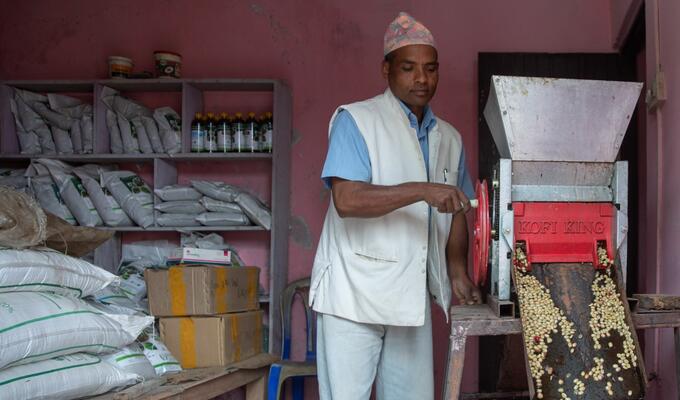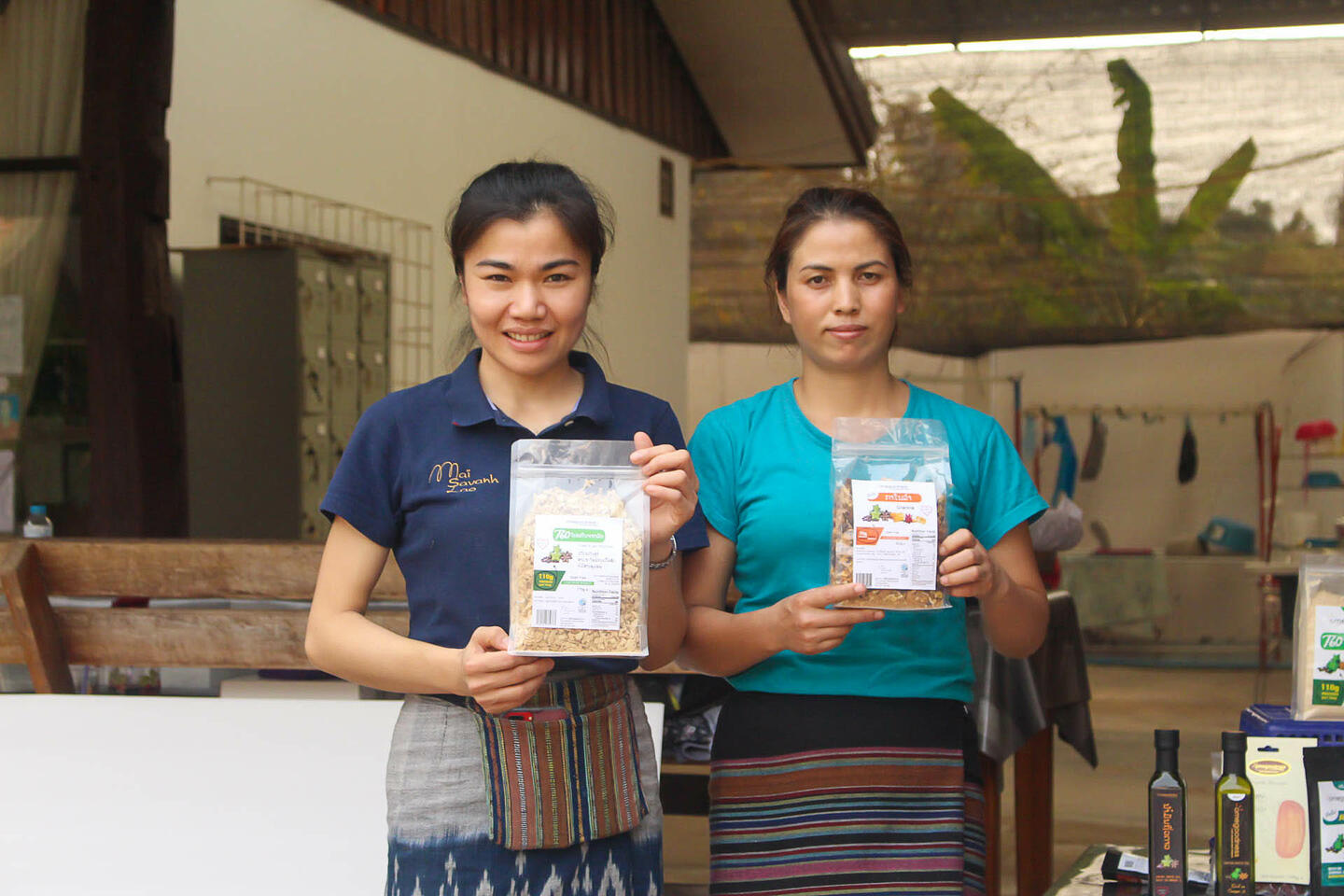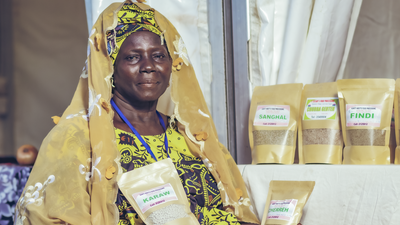

Leaving the least developed country category: What comes next?
The International Trade Centre explores new avenues for exports from least developed countries that move to the next stage
The UN classifies countries that face severe structural challenges to development as least developed countries (LDCs).
LDCs receive special international support measures, among them, support for trade. Importantly, they benefit from preferential market access, granted unilaterally by many countries.
As LDCs overcome some of the structural challenges that afflict them, they move out of the LDC category and stop receiving support measures.
This process is known as graduation. Graduation can be daunting for LDCs. While it is expected to open up new opportunities, it can also have a negative impact, for example on exports that use LDC trade preferences to access markets.
To prepare for this change, there is a transition period from the time graduation is decided to the moment LDC preferences are lost.

To support transitioning LDC countries, ITC leverages its data to estimate the effect of changes in preferences on exports, and its export potential methodology to identify opportunities for export growth after graduation.
Possible mitigation strategies combine both sets of results. If the untapped export potential of a product-market after graduation is larger than the loss that the product-market is expected to experience, the graduating country could mitigate the loss by promoting trade in that specific product and market.
Trade promotion can entail several things, such as supporting exporters in accessing trade finance, building capacity to overcome non-tariff barriers, or providing information on product preferences in the target market, such as sustainability certifications.
For some product-market combinations, the untapped potential may not suffice to completely offset the expected losses, or it might be too hard to realize the untapped potential through trade promotion. As an alternative, we identify the untapped export potential in other markets.
Inevitably, there are products that will not have enough untapped potential to mitigate the impact. These products should be emphasized in negotiations for new agreements or concessions.
Lastly, ITC also looks at the untapped export potential after graduation in general, to identify opportunities for growth, regardless of where losses are expected.
ITC’s analysis is different from others in two aspects.
First, we simulate graduation five years from now. This is important because it allows us to consider additional information about expected changes in coming years, such as expected market growth rates and scheduled changes in tariffs.
Secondly, beyond focusing on losses, we highlight opportunities for mitigation and growth after graduation.

ITC has recently published two studies using this methodology, for the Lao People’s Democratic Republic (Lao PDR) and for Nepal, both set to graduate in 2026.
Lao PDR could lose 7.3% (or $734 million) of exports when graduating. The most affected sectors will be natural rubber and latex, paper products and apparel, with losses largely in Chinese and European markets.
To mitigate, the country could leverage trade promotion to unlock up to $1.4 billion in export potential in existing and new markets. The country could also benefit from negotiating better post-graduation access to key markets and, generally, a more diversified trade structure.
Nepal could lose 4.3% (or $59 million) of exports because of tariff changes when it graduates in 2026. Removing preferential tariffs will affect the apparel, synthetic textile fabric and carpet sectors. Losses will mostly occur in exports to the European Union, Türkiye and China.

Seven countries are scheduled to graduate before 2027. A further nine are “in the pipeline”, meaning they could start their transition period as soon as 2024.
It will be useful for them to better understand the impact of their graduation, and their growth opportunities after it. The ITC methodology used for Lao PDR and Nepal can be easily adapted and applied to these cases.







